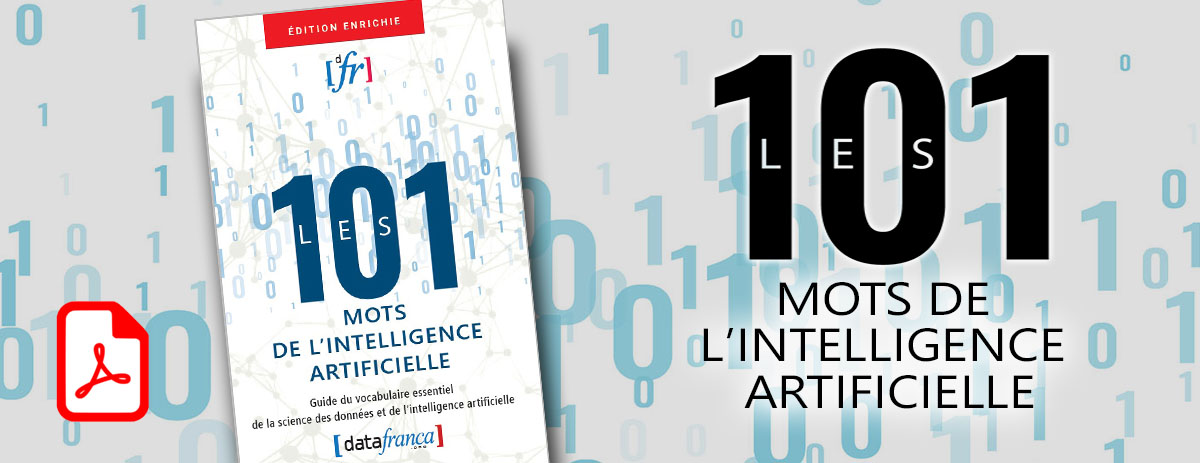« Computer vision » : différence entre les versions
m (Remplacement de texte — « Termes privilégiés » par « Français ») |
m (Remplacement de texte — « == Domaine == » par « == en construction == <small>Entrez ici les domaines et catégories...</small> ») |
||
| Ligne 1 : | Ligne 1 : | ||
== | == en construction == | ||
<small>Entrez ici les domaines et catégories...</small> | |||
[[Category:Vocabulary]] | [[Category:Vocabulary]] | ||
Version du 1 juillet 2019 à 10:03
en construction
Entrez ici les domaines et catégories...
Définition
Français
Anglais
Computer vision
Computer vision is an interdisciplinary field that deals with how computers can be made for gaining high-level understanding from digital images or videos. From the perspective of engineering, it seeks to automate tasks that the human visual system can do.[1][2][3]
Computer vision tasks include methods for acquiring, processing, analyzing and understanding digital images, and extraction of high-dimensional data from the real world in order to produce numerical or symbolic information, e.g., in the forms of decisions.[4][5][6][7] Understanding in this context means the transformation of visual images (the input of the retina) into descriptions of the world that can interface with other thought processes and elicit appropriate action. This image understanding can be seen as the disentangling of symbolic information from image data using models constructed with the aid of geometry, physics, statistics, and learning theory.[8]
As a scientific discipline, computer vision is concerned with the theory behind artificial systems that extract information from images. The image data can take many forms, such as video sequences, views from multiple cameras, or multi-dimensional data from a medical scanner. As a technological discipline, computer vision seeks to apply its theories and models for the construction of computer vision systems.
Sub-domains of computer vision include scene reconstruction, event detection, video tracking, object recognition, 3D pose estimation, learning, indexing, motion estimation, and image restoration.
Contributeurs: Claude Coulombe, wiki










